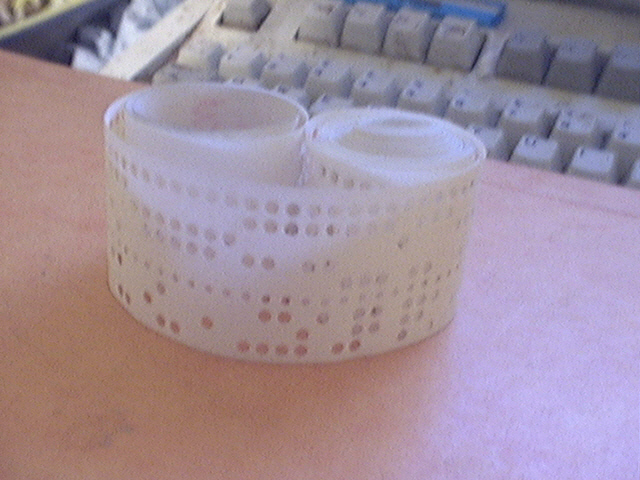I'm trying to make problem-solving more and more part of my class, and I want to have more lessons where the children select the right tool, whether it be cubes, number line, hundred square, ten frames or whatever to help the solve problems.
But I've also got the provisional conviction (if such a thing can exist!) that the Cuisenaire rods, used right, can give young children an environment to explore in a more open-ended way, and give them a really robust and flexible number sense. It's a conviction I want to test through my reading and thinking, and also in practice.
There's a few things the rods do really well. One is being solid colourful things that children enjoy making things with. That's a great starting point.
Another is that, in some ways, they bypass counting.
Now counting is important and I've been putting more emphasis on counting collections this year as well as choral counting.
But counting is complicated. As Young Children's Mathematics by Carpenter et al summarise it,
- There's an ordered sequence of counting numbers, and numbers are always assigned to items in a collection in the same order starting with one.
- The one-to-one principle. Exactly one number from the counting sequence is assigned to each item in the collection.
- The cardinal principle. The last number in the counting sequence assigned to the collection represents the number of objects in the collection.
Alf Coles contrasts this way of knowing numbers, cardinality, with one that isn't based on a set of objects counted, ordinality, which is represented as a teaching approach in Gattegno's use of Cuisenaire rods:
"One clear hypothesis to emerge is that students’ awareness of ordinality may be distinct from awareness of cardinality and, in terms of developing skills needed for success in mathematics, that ordinality is the more significant."I see it as, once the different lengths become familiar, children can think about addition and subtraction without having to count. Like here, you can see that the pink plus the white are the same length as the yellow. You get to see pretty quickly that if you switched the white and the pink they'd still equal the yellow in length. And lots more besides. You can hold the whole relationship in your head, without any smaller units distracting.
What I've been able to do is help the class to gradually build up a familiarity with this, and say to the students, 'you go and make something now, and write it down.' And what's really exciting, they're starting to explore patterns in this, starting to systematise what they're exploring.
There were some great developments this week. Here's T looking at how if you repeatedly add a white rod you move up through all the different lengths in turn:
C had a variation on this:
F was exploring the fact that something equals itself, enjoying the tautology of it:D knew that he could generate lots of trains equal in length to the orange rod, just by creating the now-familiar staircase that children are making again and again:
M was looking at what you have to add end-to-end to a pink rod to move up through all the lengths of rod:
I asked if anyone wanted to be videoed reading reading what they'd written - and some did.
The ability to set out all the information systematically is a great skill in maths, aside from any breakthrough that it helps you make. I hadn't asked for this and of course not everyone was doing it. And a few children were getting muddled.
Or needing to go back to the rods and fix what they'd written:
But luckily my TA and I were able to get round to everyone, and I think all of us are getting the basic idea, and that all is one of the my main considerations for when I'm happy to point to new developments and try new things.
E was measuring these trains with a long line of white rods and counting them up. That's hard to read; it says:
o + b = 17w
o + B = 19w
o + o = 20w
It might look too simple to be a development, but this implicit measuring of the rods by another rod both connects with cardinality and leads onto lots of other things. It can lead to measuring with other rods, and crucially to talking about the rods as a number rather than simply as a colour, things that we'll be doing soon.
So the next day we looked at E's work and I asked the class to do similar things. And off they went:
Interesting with the bigger ones - a few children getting tangled with the troublesome teens - twelve, thirteen, fourteen, fifteen - it's a tongue-twister, and so easy to miscount at this age. |
| (We're going to have to come up with a convention to distinguish o from 0.) |
We looked at one creation as a class:
I asked the class how we'd write this, and everyone wrote their way on little whiteboards. I chose a few to come to the whiteboard and share their ways:
We also looked at another lovely bit of systematisation, this time from A.
She was measuring all the rods with the whites. We're about ready with this to start talking about the rods "as numbers". A little pinch of cardinality, and our ordinality has new wings...
------------------added a little later---------------------
Gattegno:




























